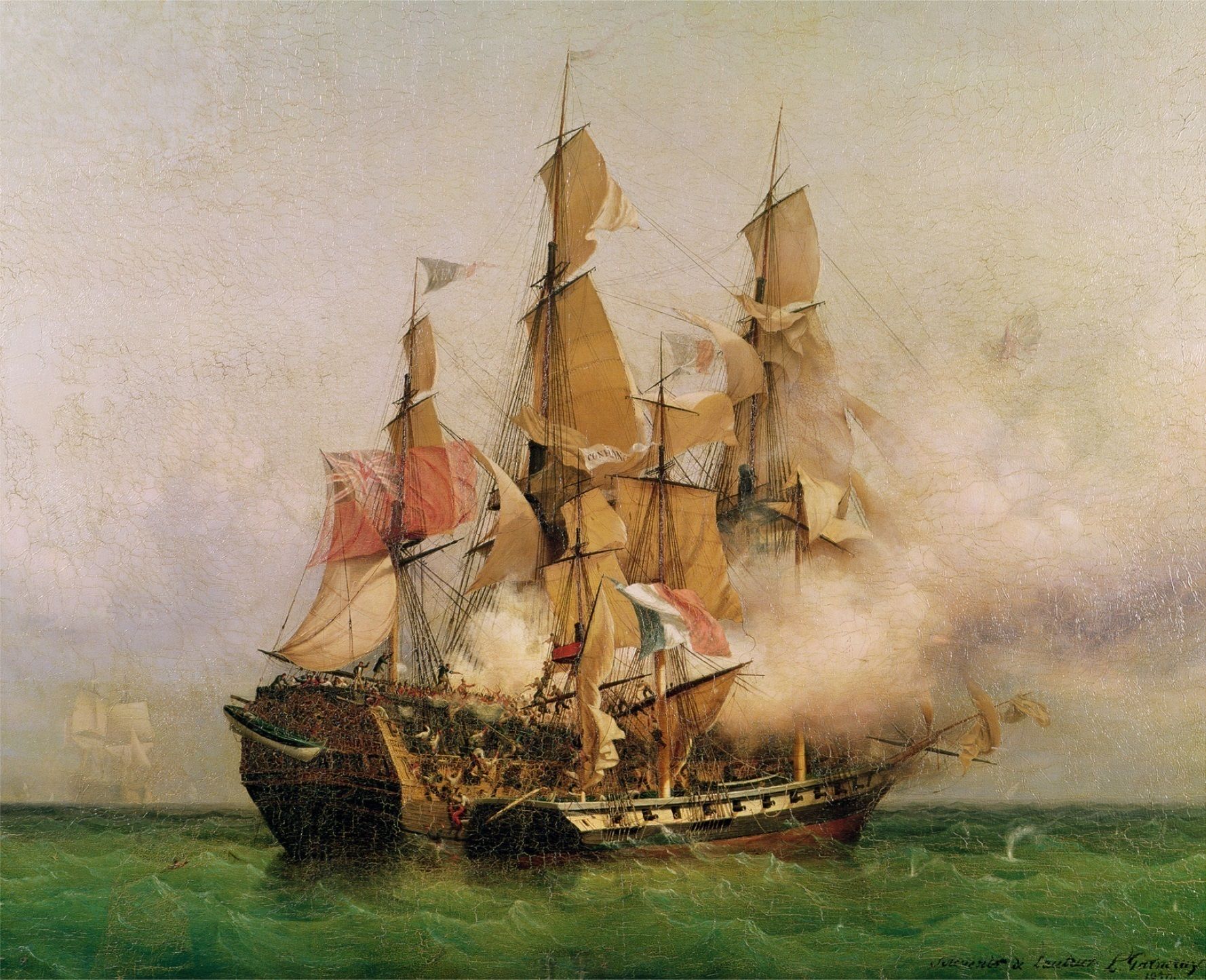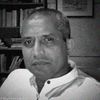Mauritius : About Honouring Past Heroes
At the National Museum in Mahebourg, there is a celebration of another type of hero in Mauritian history—the corsair. And Surcouf was the king of Corsairs.

Port Louis is among the most beautiful capitals I've seen. The city, small, lies in a cusp closed in by mountains open on one seaward side, like it is being held out to the sea. It is a city founded by Europeans, and its modern-day citizens are mostly descendants of Africans who came to the island in chains as slaves; and Indians and Chinese, who were brought in as indentured labourers after slaves became freemen around the mid-nineteenth century.
On the beautiful, sunny waterfront of Port Louis stands the statue of Mahé de La Bourdonnais, looking out at the Indian ocean; with its back to the sea, a statue of the Sir Seewoosagur Ramgoolam (the nation's first prime minister) faces Mahé. The tiny museums in Mahebourg and Port Louis extol Mahe's leadership, and his enterprise — Mahé is to Mauritius what Francis Light is to Penang and Stamford Raffles to Singapore. All three men raised undeveloped islands that fell to their charge into strategic maritime centres. In Mauritius, Mahé promoted the slave trade and built systems and institutions that sustained it, that made escape impossible for slaves. In the deep of the horseshoe-footprint of the mountains, on the racing grounds, stands the tomb of General Malartic, a French governor who with pluck and resolve prolonged slavery on the island — defying France which had abolished it.
In the National Museum at Mahebourg, there is a celebration of another type of hero in Mauritian history—the corsair. And Robert Surcouf, whose portrait hangs there, was the King of Corsairs. The corsairs were mere pirates, even if they were sponsored by the state. Next to Surcouf's is a smaller painting, depicting his taking of the Kent, the "jewel in the fleet" of the British East India Company. Surcouf's own ship was only a third the size of the Kent, he had only a third of the men Captain Rivington of the Kent had, and Rivington's guns far outnumbered his own, but he attacked anyway. This happened in the Gangetic gulf in the Bay of Bengal, a fight in which Captain Rivington was killed and Surcouf was victorious. He took the Kent with him to his base in Mauritius, there to be welcomed like an admiral returning from great campaigns — the man was only twenty-seven years old then. Below his portrait, in the museum, there is his pistol, and Rivington's sword and scabbard.
There hadn't ever been a pirate like Surcouf. He retired when only thirty-five, and took home to France a prize of forty-seven ships and lived in great luxury. He was a hero in his lifetime and is a hero after his death. Surcouf himself trafficked in slaves, but I suppose that was how things were back then.
Such are the great men in stone and on canvas in Mauritius. The descendants of those oppressed by these illustrious men protect the monuments and artefacts to their remembrance.
I remember when, in India, in May 1998, I had driven to Calicut to where a sign marks Vasco da Gama's landing after his historic voyage from Portugal. With my wife and son, we were the only persons at the spot, at ten in the morning, on the day which marked the five hundredth anniversary of a great maritime achievement. From the newspapers I gathered that nothing happened at any time on that day. There's deep resentment in India toward the man, for some acknowledged accounts of his atrocities. Some folks had indeed planned for a gathering, apparently. But others had advised them against it, fearing political and religious implications, fear that outweighed the daring of the man, and his adventure.
Image: Wikipedia.
